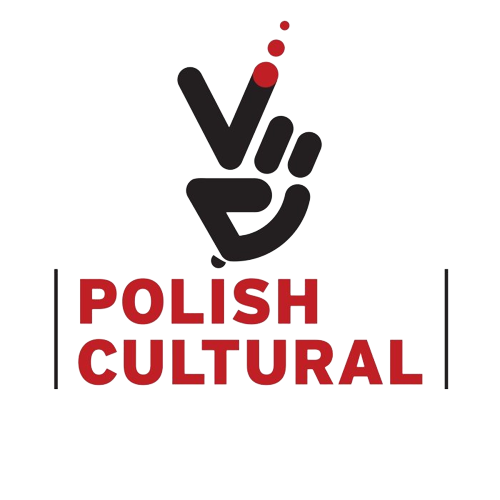Polish dance show
September 20, 2015
12:00-15:00
Ulster Museum
Botanic Gardens
Belfast BT9 5AB
Free entrance
Polish Dancers will present a mixture of Polish folk dances.
The polonaise is a Polish national dance, the form of which has been shaped over the centuries. Like other folk dances, it was initially a dance reflection of the life and customs of that time – it emphasized the social system, reflecting the hierarchy prevailing in a given group. Initially, it was danced only by men, but as the role of women in society developed, they began to take part in the dance. Over time, the folk polonaise transformed into a ballroom dance and took on the character of a representative procession of the ball participants.
Oberek (also: ober, obertas) is one of the most famous Polish folk dances, with a characteristic lively tempo and lively melody, especially popular in Masovia. At the end of the 19th century, the oberek lost its rural character and became the dance of the upper social classes. The name of the dance comes from the characteristic rotational movement in the dance – oberek is basically a quick rotation of couples who dance in place or spin on the dance floor.
The name Mazur comes from the name of the land – Mazovia, where its folk prototype – mazurek – was created. It became the dance of the nobility at the end of the 16th century and it was quickly seen as an expression of the national character of Poles – it was attributed to a patriotic and chivalrous ideology. The mazurka played its greatest role during the partitions, when it became – next to the polonaise – a symbol of Polishness. Officers of the Polish legions fighting alongside Napoleon played an important role in its spread in Europe.
